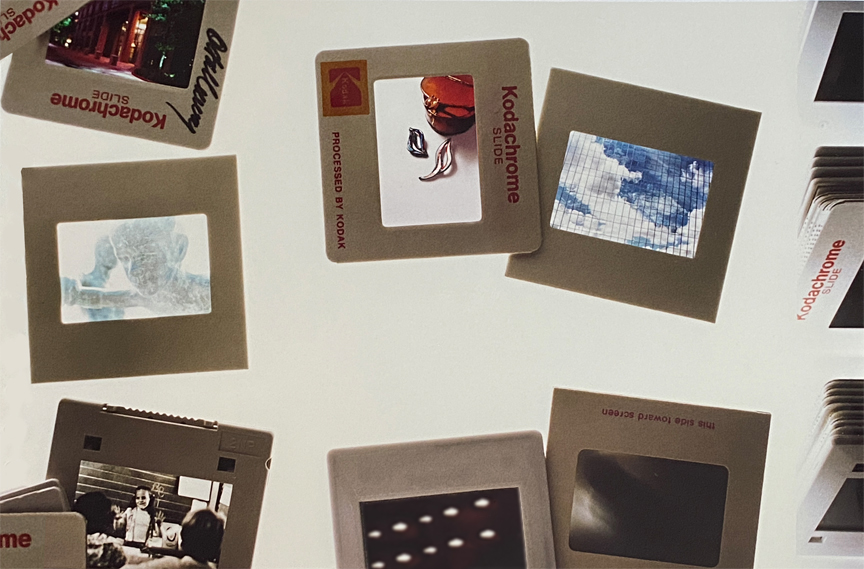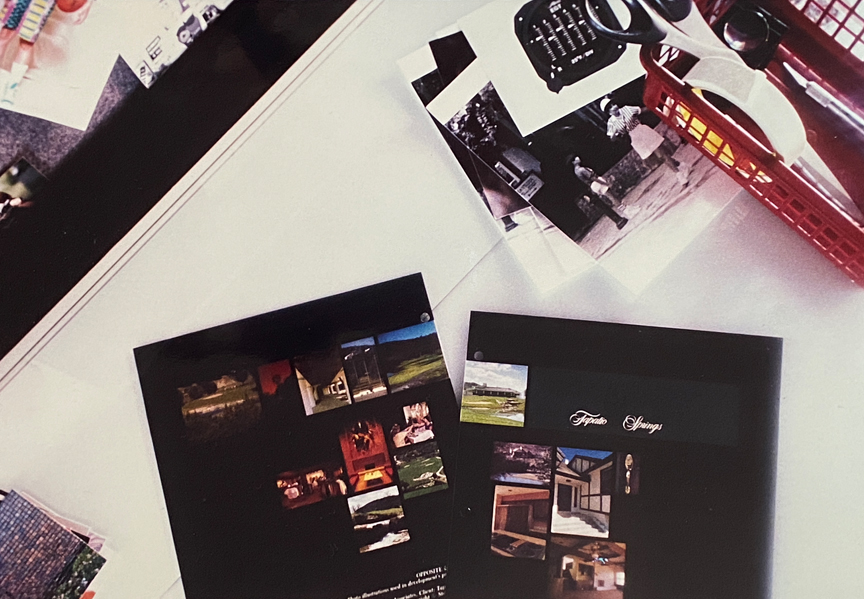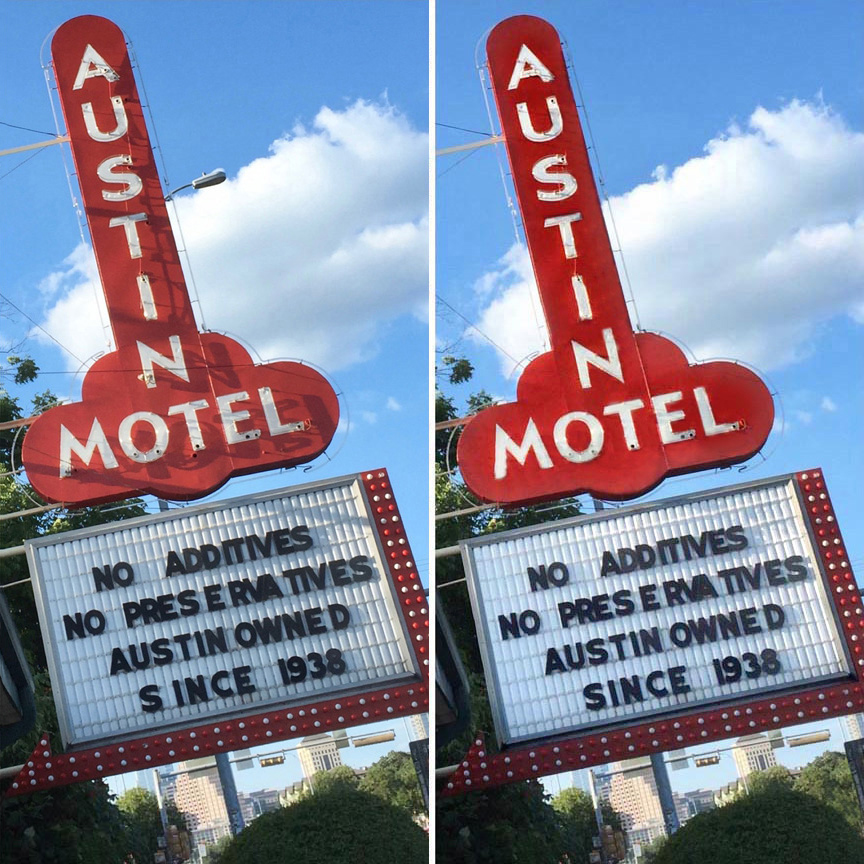
Steve Holloway [ Memoirs ]
- How it started for me.
- Studer’s Photos ProAm Store.
- A shift in the market becomes my first pitch.
- My second pitch.
- Time for a change.
- Going back to shooting full time.
How it started for me.

UPDATED JANUARY 11, 2023. I’ve always loved taking pictures. I bought my first camera, a Brownie Super 27, in fifth grade and took it to school just to take pictures in the classroom and outside play areas.
I was surprised at how much freedom I was granted. Every time I asked to roam around the classroom or playground or to go to a club meeting to take photographs, the teacher’s answer was always yes.
I had my first sales in seventh grade when I sold prints from pictures I took of the school play.
I loved the feel of the camera in my hand. And the act of using it to create images. It captured my imagination. I found that, if I had a camera and looked like I should be there, I could go anywhere.

An Old School Flashback: Looking through the viewfinder of my first manual f-stop camera, a Yashica 44 twin lens reflex purchased in eighth grade. I still have it today. I took it from the shelf I keep it on next to the cameras my parents used, so I could take this photograph.

After high school.

Attending Brooks Institute or Rochester Institute of Technology, the two institutes recognized for photography, wasn’t possible for me. This is the path I took instead.
To develop a basic photographic skill set, I did two things.
First, I mail ordered (that’s the 70’s version of online ordering) a 35mm camera with three lenses, a flash and tripod, an enlarger and a darkroom kit from 42nd Street Photo in New York.
Second, I completed a home study course (that’s the 70’s version of online learning) from the New York Institute of Photography.
The New York Institute of Photography started as a residency school then developed home study programs.
I went through two 3 inch, 3 ring binders of lessons and taught myself f-stops, shutter speeds, depth of field, focus, perspective, composition and lighting, film processing and printing. I would complete each section then send it to New York for grading.
While researching this post I found one of my first influences, W. Eugene Smith, listed as alumnus for The New York Institute of Photography (NYIP). Smith first attended Notre Dame University in Wichita, Kansas where he had a photographic scholarship created especially for him. After just one year, he left Notre Dame and went to New York to study at NYIP then to work for News-Week (now named Newsweek).
Next, I went out shooting in downtown San Antonio around La Villita, Hemisfair Plaza and The Riverwalk.
I also did a portrait series of “the original starving artist”, Jesse Sanchez, who lived and worked downtown.
I took the film home, covered our kitchen windows to create an improvised darkroom, processed the film and came up with ways to make up to 20×30 prints (like using plastic lined cardboard boxes for trays and a garbage can as a print washer in the back yard at 3:00 in the morning).
Those images became my first show at LaVillita downtown.
My goal was to become a freelance photographer. Shooting corporate, location PR, product and fashion assignments. I wanted the variety freelancing offered.
Studer’s Photos ProAm Store.
To pay bills, I took a photo retail store job at Studer’s Photos 402 San Pedro ProAm Store. We had every pro shooter in town coming in and were always getting equipment traded in. Trade ins I could buy for the trade allowance which was a fraction of what it cost new. What wasn’t available as a trade in, I could buy with my employee discount (their cost). I was able to acquire all the cameras and lighting gear I needed and to begin shooting portfolio images.
I also got to know the pro shooters in town and started making studio visits. I saw how they worked and found that EVERYONE wants to help someone new who’s just starting out. They answered questions and talked openly about how they work.
Learning moments.
The first learning moment that always comes to mind occurred at Zavell Smith’s studio. Zavell had a successful studio for years and was the first photographer I knew that set up his own automated color film processor. Film rolls are spliced together into one long “roll” and run through the processor.
One day, during a studio visit, we were standing in the film room when a film break alarm sounded (potentially a disaster that could ruin film from multiple shoots). Without hesitating, Smith started talking, telling us that when an emergency happens, the key is not to panic, to, step by step, solve the problem. He’s telling us this while he opens the affected tank, takes the two film pieces, splices them back together and restarts the run. At most he lost 8-10 frames that were exposed to light.
A shift in the market turns into an opportunity.
Two photo retail competitors were taking high end sales away from Studer’s by offering a free class with a camera purchase plus advanced classes and darkroom rentals. It gave customers a place to process their own film and prints. It also increased the competitors’ camera and darkroom equipment sales.
My First Pitch, Studer’s ProAm School.
I went to Studer’s management and pitched the idea of setting up and running a ProAm school and darkroom rental. They approved and I had my first assignment.
I was given a closed store location, some fixtures to modify, lighting gear, projectors, audio equipment and darkroom equipment. I designed the floor plan, converted the studio into a darkroom by building a light trap and sink, a dressing room into a film processing room and a closet into a color enlarger/film loading room

IMAGES CREATED FOR STUDER’S PROAM SCHOOL INSTRUCTIONAL MATERIALS / © STEVE HOLLOWAY
I wrote the class materials and class curriculum then produced slide/tape shows (that’s the 70’s version of Power Point presentations). My studio and darkroom assistant provided the narration and the images and titles were produced as teaching aids for topics like how f-stops and shutter speeds work, how to use lighting and basic composition.
Classes were filling up and we had darkroom rentals almost everyday.
Then our retail market share grew.
To keep ahead of the competition, Studer’s turned to the powerhouse Austin, Texas advertising agency, GSD&M to create a corporate/retail identity package and positioning campaign around a 3 day super sale designed to do a year’s business on a Saturday, Sunday and Monday. They bought radio, television, newspaper and magazine advertising and saturated the market. It worked exactly as planned. Sales exceeded every expectation.
Fast forward 8 months. It was time to start planning the next Super Store 3 Day Sale. Since the last sale, the company’s advertising expense had become exorbitant. Mostly as a result of media commissions and creative fees from our new agency.
My Second Pitch.
Starting almost as soon as I began working for Studer’s, I began studying design and advertising to better understand how images and messages work together and how to create images that will work with the message. I was reading (and rereading) ADWEEK and Communication Arts, following the work of prominent designers and agencies, learning how to communicate on radio, television and in print. Put that together with the experience I had from producing The ProAm School instructional and promotional material and I had the basics to approach management with my next idea, taking their advertising in-house.
My salary would be a fraction of their current creative fees and media commissions since, as a stand alone in-house agency we would capture all those commissions. It was a win-win situation and they accepted.
Had I bitten off more than I could chew? Of course. But I had become pretty good at relearning how to chew. My newspaper, radio and television Account Executives gave me crash courses in targeted media buys. My television station video production director gave me a crash course in television production. And I found a voice-over studio with a background in media to help me find talent and music to produce all of the audio for both radio and television.
We produced all of that year’s media for the show and topped the previous year’s sale.
Next I designed, produced and directed my first multi market television commercial for Studer’s Photofinishing, the consumer photo lab division of Studer’s. Production included filming two kids, sitting on a swing on a turn of the century porch, smiling and laughing as they go through a stack of photographic prints. Production included writing and producing a closing jingle “For a fast, fine photofinish, Studer’s Photofinish is the only photofinish for you” with animated graphics of each word in the slogan flying across the screen from right to left.
Time for a change.
When I left the Studer’s in-house ad manager position, my career became divided between two disciplines: design and photography.
First, as a photographer creating fashion images for print advertising, product images for catalogs and corporate images for financial advertising and annual reports. Clients included Studer’s, Northside Bank, Joske’s Department Store, San Antonio Models, Fay Nari Models, Alcor Engineering and Alamo National Bank.

MY ART TABLE AT HOLLOWAY ASSOCIATES IN SAN PEDRO PLAZA / WORK SHOWN INCLUDES ALCOR AERONAUTICAL METER PHOTO AND TAPATIO SPRINGS FACILITIES SHOOT IMAGES / © STEVE HOLLOWAY
Holloway Associates.

One thing that never stopped for me is studying design, marketing, advertising copy and media. That ongoing interest evolved into founding Holloway Associates, Marketing and Design.
Holloway Associates produced radio and television advertising for regional retail accounts. Our design work included publications, corporate identity packages, point-of-sale displays, collateral materials and wholesale catalog design and production for sporting event centers, hardware wholesale suppliers, home lighting control and athletic shoe manufacturers.
We retained the Studers Account and added Power Controls Corporation, Retama Polo Center, Kaepa Athletic Shoes, The Crockett Hotel, Alcor Instruments and Heusinger Hardware and Voss Products.
Within two years, Holloway Associates grew into a full-time, in-house contract with Voss Products providing advertising, marketing and design services for their medical device and environmental sampling device product lines.
Going back to shooting full time.
After ten years I returned to shooting full time and, for the next eighteen years, created product, food, fashion, architectural, destination and event photographs for retailers, corporations and university clients.
Joining ASMP.
I also joined ASMP. ASMP stood for American Society of Magazine Photographers through 1992 when they changed their name to American Society of Media Photographers. The new name was to better reflect the inclusion of architectural, food, underwater and advertising photographers and videographers in their membership.
Past ASMP members include Edward Weston, Alfred Stieglitz and Dorthea Lange. Today ASMP has over 4,000 members in 30 countries. It’s practices and press pass are recognized throughout the country.
Joining ASMP required a portfolio review by two local chapter members and subsequent sponsorship as a prospective member. In addition to receiving an ASMP Press Pass, I was taught business practices to protect my copyright, receive reuse payments, address and limit liability in proposals and establish a fair pricing structure. They also provide a find-an-assistant network to find qualified assistants anywhere in the country.

BEFORE AND AFTER, THE AUSTIN MOTEL SIGN / TOOK OUT SHADOWS AND STREET LIGHT, BRIGHTENED UP SIGNAGE / © STEVE HOLLOWAY
Becoming proficient with Photoshop.
Not six months before I returned to shooting full time, every agency, design firm and commercial account switched from film to digital images.
This market change was in response to the introduction of the Olympus E 10, the first digital SLR camera designed for commercial work.
At only 4 megapixels, the E 10 produced artifact-laden images full of digital noise and debris. Every arc, radius and rounded corner was made of noticeable stair step fractals that required a combination of blending and blurring to make them visually “disappear”. A task that involved zooming in to the point of working on an image pixel by pixel.
Learning Photoshop on those images evolved into an indispensable post production skill set for creating clean, detailed images. A skill set I still use almost every day.
Finally, what’s so great about photography?
For me, everything. So much of what we do today builds a level of detachment, of complacency. Photography is an involving physical, mental and visual activity. The physical act of going out to shoot. The visual and mental act of thinking about how to use existing and added lighting, about new camera points of view, how to achieve them and what they say about a scene and taking that into the field.
What’s your next move?
No matter what your aspirations are, find people who are doing things you want to do. People whose work you would like to have influence what you’re doing. Learn from them so your work can be informed their work and you can find ways to make it your own. Talk to them in person if you can. If not, listen to their podcasts. Read their books or articles. Attend their seminars. Do it, whatever it is.
Even if you’re enrolled in formal education look for real people doing real work. Work that you admire. Emulate them until you develop your own “voice” and the work becomes genuinely yours.
Then don’t stop. Keep adding influences. Keep looking for work that impresses you at some level and follow what they’re doing. I started following my most recent new influence three months ago (read Influences. Here are mine. Who are yours? at the end this post).

- Shot on iPhone Toolbox [ Homepage ]
- Two Essential Skills [ Change How You Shoot ]
- Two iPhone Features People Take for Granted
- Toolbox How To Guides [ 27 Deep Dive Guides ]
- Translate your Skill Set into a Working Process
- IDEA FILE Shot on iPhone Gallery One
- IDEA FILE Road Portraits One
- IDEA FILE Road Portraits Two
- Digital Evolution
- From The Batman to Shooting on iPhone
- Making the Case For Shooting on iPhone
- Camera and Light Kit Ideas
- Copied on iPhone
- The Power of One Idea
- Becoming Proficient in Post Production
- Designing with Type
- Learning From Cinema
- How the Three Lenses on iPhone Work
- Here are My Influences [ Who are Yours? ]
- Steve Holloway [ Photographs ] Pre iPhone
- Steve Holloway [ Memoirs ]

